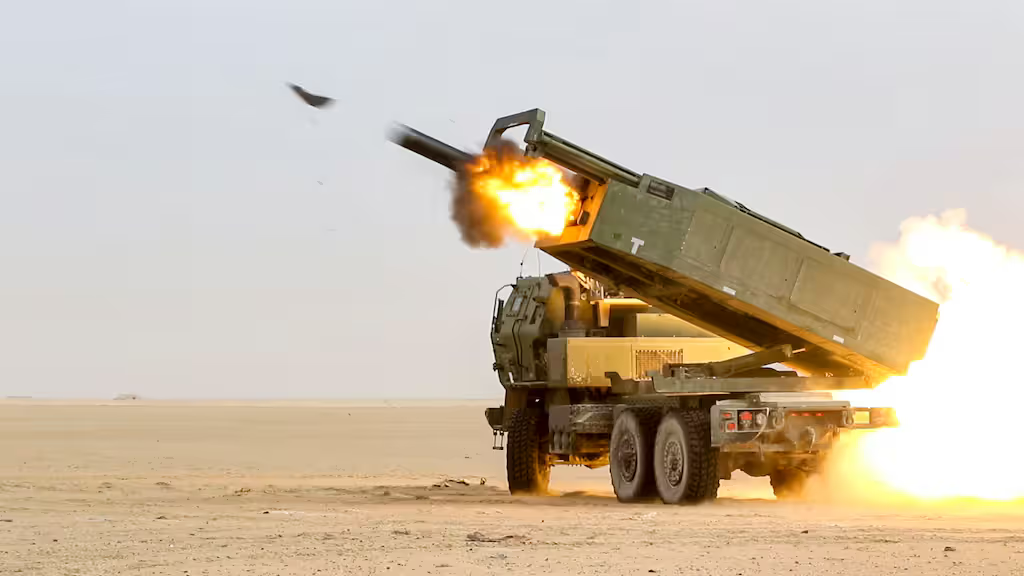Another dry year in the Southwest U.S. has left the Colorado River watershed that supplies 40 million people with drinking water and water for agriculture at record low levels, National Public Radio’s Luke Runyon reported on July 13. For the first time ever, the Federal government is expected to declare a Colorado Basin water shortage this Summer.
The 1,450 mile long waterway acts as a drinking water supply, a hydroelectric power generator and a means of irrigation of desert crop fields across seven Western U.S. states, and two in Mexico. Though the infrastructure has been able to handle these building crises so far, extremely dry conditions like those of this year indicate that the Colorado River will not be able to meet all demands in 2021.
Nearly the entire Upper Colorado River basin is experiencing “severe drought or worse at a time of typically “high water.” The entire river experienced its driest 12-month period on record from May 2020 to April 2021. A deficit of soil moisture from last year diminished this past Spring’s runoff, locking in water supply shortfalls until at least next Winter. Fishing and recreation on some tributaries have cut off early. This summer a hot wind has also arrived, “functioning like a giant hair dryer” pointed right at his pastures,” Runyon quoted a farmer. The availability of water also limits food for cattle; farmers who grow hay had to put cattle on irrigated land that would normally be used to grow hay later in the season, creating another loss in income for them. This second season of drought is requiring them to buy expensive food or sell the cattle.



